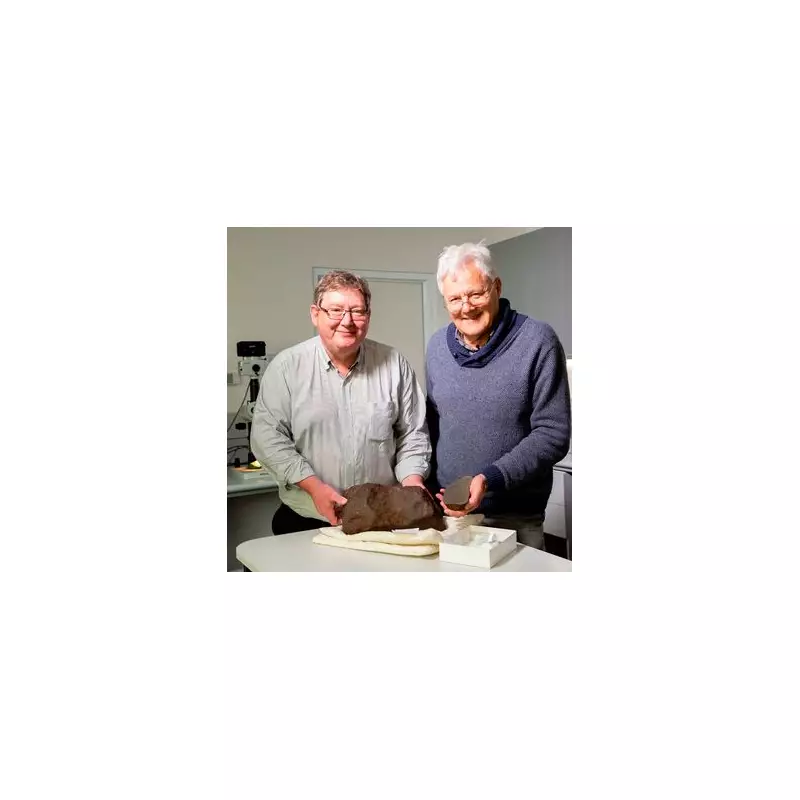
What began as a hopeful gold prospecting trip in an Australian park culminated in a discovery of truly astronomical proportions, revealing a 4.6-billion-year-old secret from the dawn of our solar system.
From Suspected Gold to Scientific Marvel
Armed with a metal detector one bright morning in May, David Hole explored the soft yellow clay of Maryborough Regional Park near Melbourne. The area was famous for its 19th-century gold rush history, which transformed Australia from a remote penal colony into a land of opportunity. When his detector signalled and he unearthed an unusually heavy, reddish rock, David's first assumption was a logical one: he had stumbled upon a massive gold nugget.
The rock's extraordinary density fuelled his belief, but its true nature would remain a mystery for years. David tried everything to crack it open, employing rock saws, powerful drills, acids, and even a sledgehammer. The enigmatic stone resisted all attempts, a first clue that this was no ordinary find.
The Jaw-Dropping Revelation at the Museum
Three years after his discovery, David finally brought the stubborn rock to the Melbourne Museum. Geologists Dermot Henry and Dr Bill Birch immediately recognised its significance. "It had this sculpted, dimpled look to it," Dermot Henry explained, describing the tell-tale marks formed as a meteorite melts and is sculpted by the atmosphere during its fiery descent.
They delivered the astounding news: David had not found gold, but a 4.6-billion-year-old meteorite. Dermot Henry emphasised the rarity of the find, telling Channel 10 News, "This is only the 17th meteorite found in Victoria, whereas there's been thousands of gold nuggets found." He marvelled at the odds, stating, "Looking at the chain of events, it's quite, you might say, astronomical it being discovered at all."
A Window into Our Cosmic Origins
Christened the Maryborough Meteorite, the rock offers a priceless glimpse into the formation of our solar system. "Meteorites provide the cheapest form of space exploration," Dermot Henry noted. "They transport us back in time, providing clues to the age, formation, and chemistry of our Solar System."
To peer inside, geologists used a super-hard diamond saw. The cut section revealed delicate, tiny crystallised droplets of metallic minerals known as chondrules. The meteorite was classified as an H5 ordinary chondrite, a type believed to originate from a dense body in the Asteroid Belt called Hebe, scattered by ancient cosmic collisions.
The meteorite's journey to Earth likely concluded within the last 1,000 years, with one potential arrival date being June 1951, when a large fireball was reported in the area. For David Hole, the entire experience was a matter of incredible fortune. "It was just pot luck, mate," he said. "A billion to one – bigger, a trillion to one. Got more chance of being struck by lightning twice."





